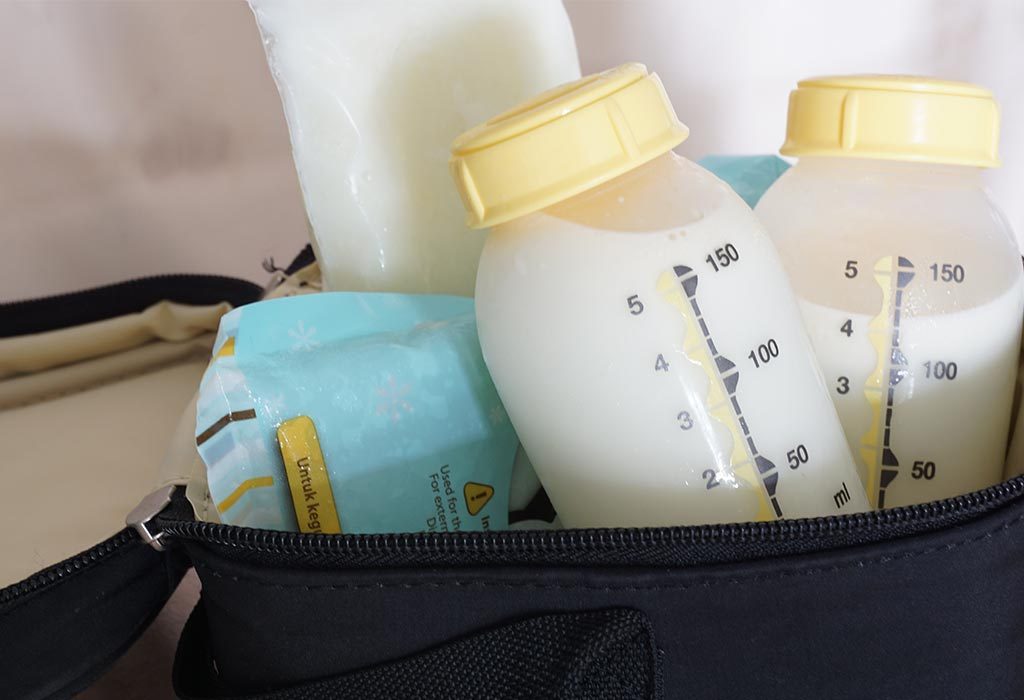Many mothers prefer to pump and store their milk for later use to continue providing their babies with nutritional breast milk benefits even when they are not physically present. That said, breast milk storage bags have become a popular option for this purpose, but mothers make some common mistakes when using them. Here are the seven most common mistakes and tips for avoiding them.
Table of Contents
Mistake 1: Overfilling the Bag
Note that breast milk expands when frozen, so it’s important not to fill the bag to the brim. Overfilling can cause the bag to burst or leak, leading to milk loss and mess.
Tip: Leave some space at the top of the bag, about an inch, to allow for expansion.
Mistake 2: Not Labeling the Bag
Labeling breast milk storage bags are important for several reasons. But first, it helps keep track of the date and time the milk was pumped, which is important for monitoring freshness. Second, it prevents mix-ups if you share storage space with other mothers.
Tip: Label the bag with the date, time, baby’s name or initials, and other relevant information.
Mistake 3: Using Non-Food Grade Bags
Breast milk storage bags should be made from food-grade materials, which means they are safe for storing food items. However, some non-food grade bags can be dangerous because they may contain harmful chemicals that can leach into breast milk.
Tip: Only use bags labeled free from BPA and BPS. Containers whose recycle number is 7 contain BPA.
Mistake 4: Not Properly Sealing the Bag

It’s important to ensure the bag is completely sealed before storing it in the freezer. If air gets into the bag, it can cause a freezer burn and affect the quality of the milk.
Tip: Double-check that the bag is freezer-grade and seals tightly before placing it in the freezer.
Mistake 5: Storing the Bag Incorrectly
Breast milk should be stored where the temperature is the most consistent (77 ℉) to avoid bacterial growth. Placing the bag in the door or a frequently opened spot can cause the milk to thaw and refreeze, affecting its quality.
Tip: Store the bags in the back of the freezer or refrigerator and avoid storing them in open spaces. Alternatively, use a cooler bag with ice packs and store the milk for 24 hours.
Mistake 6: Not Thawing the Milk Correctly
Never thaw breast milk in the microwave; this can create hot spots that burn your child’s mouth. The best way to thaw breast milk is to place it in the refrigerator overnight or run it under warm water.
Tip: Always thaw breast milk using one of these methods.
Mistake 7: Not Discarding Old Milk
Breast milk can last four hours if stored at room temperature (77 ℉) before losing its nutritional value. If stored in a refrigerator, it can extend to four days and in the freezer for 6 to 12 months. That said, it’s essential to discard any milk that has been stored for too long.
Tip: Label your bags with the date and time the milk was pumped and follow the recommended storage guidelines for your specific breast pump.
Conclusion
Breast milk storage bags are convenient for mothers to store and transport their milk. However, these common mistakes can affect the quality and safety of the milk. By following these tips, you can ensure that your breast milk remains safe and nutritious for your baby for the longest time.



